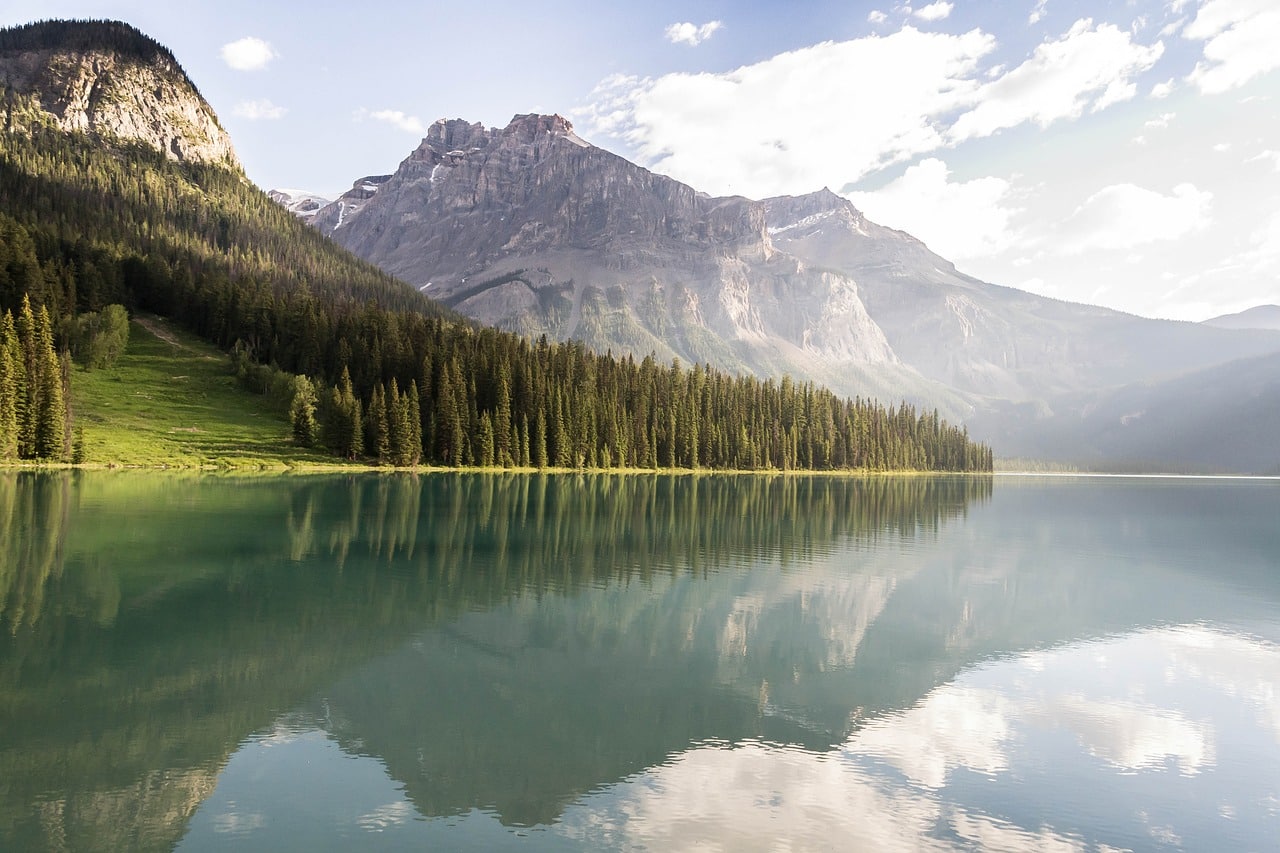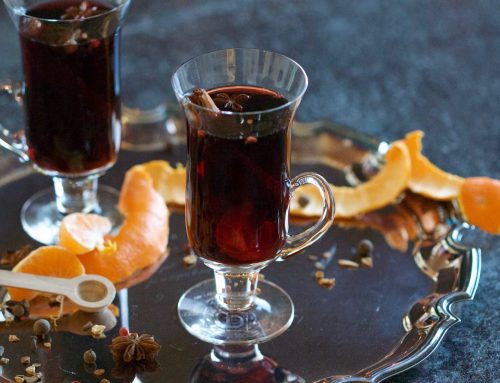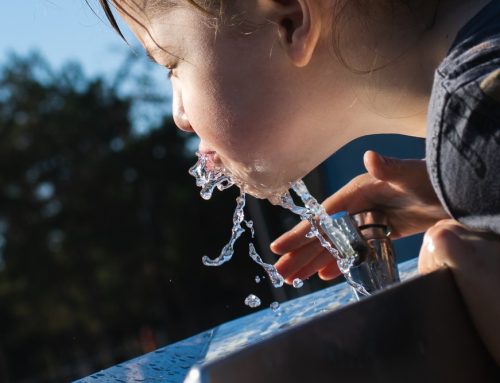The term ‘water bodies’, refers to various types of areas of water and mainly depends on where it is found and the contents thereof.
Water bodies include saltwater, freshwater, large contents of water, as well as smaller ones. Each type of water body is distinctively different from the other.
Take the ocean, for example, an endless body of salt water that surrounds all land on the earth, compared to a freshwater river running alongside the banks of the Amazon Rainforest. There’s a huge difference.
Water bodies include larger water bodies, and not that of which is too small to be included on records, such as puddles of water or any type of temporary water.
Different Bodies of Water – Big and Small
- Oceans
As the popular salt-water resource, oceans are the largest type of water body on earth, which connects all marine saltwater species from different oceans, forming one big World Ocean. With help from the seven different continents, we can distinguish between oceans and refer to them according to their names. Major oceans include the Pacific Ocean, which is the largest and followed by the Indian, Atlantic, Arctic, and Southern Oceans. Oceans form an essential part of mankind’s survival today and have served as an important water body for the means of collecting food, transporting from one continent or country to another, as well as allowed humans to discover and occupy new land.
- Seas (The Ocean’s Sub-Sections)
Coastal regions of each of the oceans are considered “seas”. Some of the most occupied and important seas include the Mediterranean Sea, the Caribbean Sea, the Bering Sea, the Caspian Sea, and the South China Sea. Beaches form a part of seas.
- Lakes
As beautiful inland bodies of water, some seas are also classified as lakes, including the Caspian Sea. These lakes represent a water body that can be either freshwater or saltwater and perhaps a bit of both as lakes and seas often meet one another at a joining point.
- Motion Water Bodies and Frozen Water Bodies
Motion water bodies primarily refer to freshwater resources. These include particularly smaller versions of water, such as rivers, streams, creeks, rills, and brooks. These water channels provide humans, as well as land plant and animal species, with freshwater.
The frozen kind of water bodies, glaciers, also consist of freshwater, which melts into the oceans, primarily because of increased temperatures that are caused by global warming.
Get water dispenser and water machine from Living-Water in London.






